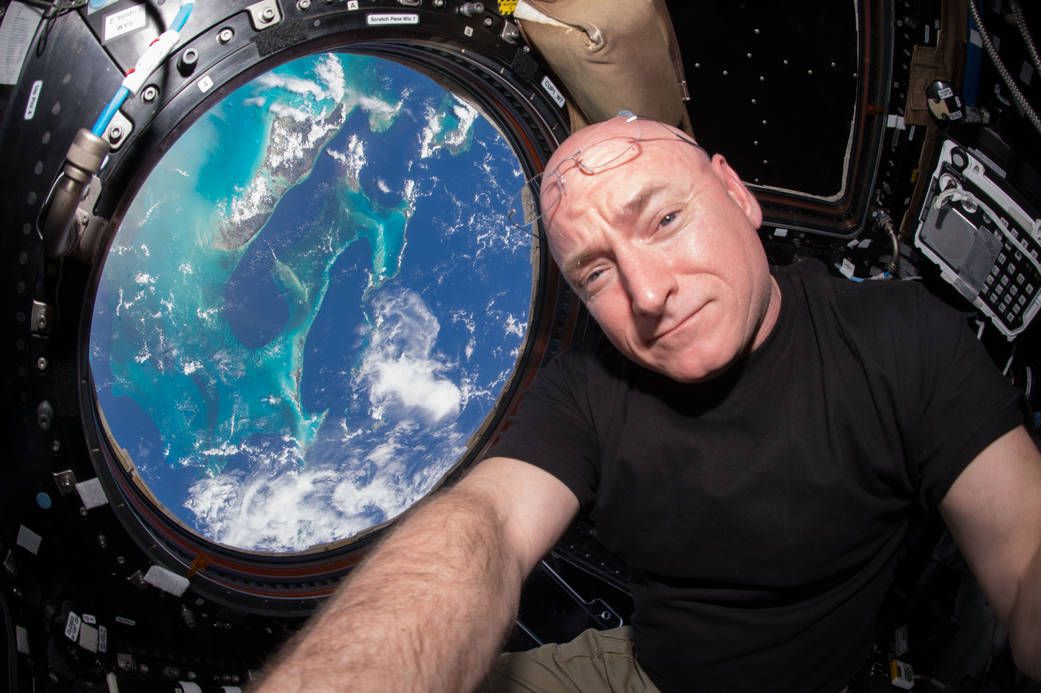Archive for the ‘space’ category: Page 919
Apr 17, 2017
Are Genetically Modified Astronauts Key To Colonizing Mars?
Posted by Klaus Baldauf in categories: genetics, space
Apr 17, 2017
How President Trump Could Jumpstart Space Settlements
Posted by Klaus Baldauf in category: space
If President Trump wants to truly lead the United States and world into the exploration and settlement of the solar system, he needs to do something different and game-changing.
Last October we started recruiting regional coordinators. These are individuals, organisations and groups of people who coordinate Asteroid Day activities in their own regions. As of today (April 16, 2017) we have over 187 coordinators across 114 countries. That is a fantastic achievement and I am very proud of the work these coordinators do every day. We have a dedicated email group and we meet once a week via teleconference to keep each other updated.
There are still quite a few regions where we need coordinators. Below is a list. If you are interested in this position or know someone who would be perfect for this role then please send an email to [email protected].
HERE is our Coordinator Guide which details the work our coordinators do.
Apr 16, 2017
North Korea & the Killshot/ Exploring the Universe
Posted by Brett Gallie II in category: space
Apr 15, 2017
Affordable deep space missions using asteroids
Posted by Klaus Baldauf in categories: government, mathematics, physics, space
Phase 1 work demonstrated Optical Mining in the laboratory and performed mission and systems analysis of the application of Optical Mining to human exploration missions. Their mission analysis showed that the most accessible Near Earth Objects (NEOs) can be used to provide NASA with mission consumables for human exploration in deep space with the potential of saving up to $10 billion per year or $150 billion over the 15 year operational life cycle of a human exploration program. This savings alone would be enough to transform NASA’s vision of human exploration from being unaffordable to being affordable within budgets that Congress can approve. Phase 1 technical work included a full scale (8 kW) Optical Mining demonstration using a high fidelity CI-type asteroid simulant in vacuum using sunlight from a 10 meter diameter solar concentrator without mechanical contact or downforce. This work confirmed our physics based mathematical model of the excavation and volatile extraction process and scalability of results from 36 prior, small scale (≈ 1 cm diameter) demonstrations and tests.
Phase 2 work will complete mission and system analysis of the application of Optical Mining to an exciting program of human exploration and we will mature the technology of Optical Mining to the point at which NASA can baseline this approach for an affordable program of human exploration. Our mission studies will address the production via Optical Mining missions to extract and retrieve resources, consumable processing, storage, and application of consumables to human exploration mission in cislunar, NEO and Martian space. The mission studies will be tightly coupled with our laboratory work. Laboratory work will include the development and integration of a 30 kW Optical Mining test apparatus in our laboratory and integration with our high quality vacuum chamber for a test program involving Optical Mining.
Apr 15, 2017
Solar-powered device turns air into drinkable water
Posted by Simon Waslander in categories: space, sustainability
Scientists literally pulled this out of thin air.
Engineers at MIT and the University of California Berkeley have designed a system, powered by sunlight, that can turn air into liters of drinkable water.
This box has the potential to help drought-stricken communities, desert explorers or — someday — astronauts traveling to dry, dusty planets. The report was a href=” http://science.sciencemag.org/content/early/2017/04/12/science.aam8743” target=”_blank”
Continue reading “Solar-powered device turns air into drinkable water” »
Apr 14, 2017
Watch Russian space-bound FEDOR robot fire dual-wielding pistols
Posted by Shane Hinshaw in categories: robotics/AI, space
The two fundamental prerequisites for large-scale economic use of space resources are:
1. in-space manufacture of propellants from nonterrestrial bodies, and 2. in-space manufacture of heat shields for low-cost capture of materials into Earth orbit.
The former has been the subject of recent NIAC investigations. The latter would expand by a factor of 30 to 100 time the number of asteroids from which resources could be returned cost-effectively to Earth orbit. With vastly larger populations from which to choose, return opportunities will be much more frequent and targets can be selected where operations would be highly productive, not merely sufficient. The feedstocks for manufacture of life-support materials and propellants are found on C-type near-Earth asteroids, which have high concentrations of hydrogen, carbon, nitrogen, oxygen and sulfur. The total abundance of readily extractable (HCNOS) volatiles in the CI chondritic meteorite parent bodies (C asteroids) is roughly 40% of the total meteorite mass. Further, the residue from extraction of volatiles includes a mix of metallic iron (10% of total mass), iron oxide and iron sulphides (20% as Fe) plus 1% Ni and ~0.1% Co.
Apr 14, 2017
Entrance to Mars: How this fascinating Dome-Space-Elevator grows in all directions
Posted by Klaus Baldauf in categories: engineering, environmental, space, sustainability
Architecture has evolved and has become much more than just a design realized in concrete and modern building material. It has been transformed to help humanity in achieving all kinds of sustainability.
The eVolo Magazine for Architecture has been organizing another round of Skyscraper Competition in 2017 to honor those visionaries that try to realize a future that benefits humanity and the one Earth we all need to cherish and sustain.
A team from Spain with aspiring architects Arturo Emilio Garrido Ontiveros, Andrés Pastrana Bonillo, Judit Pinach Martí and Alex Tintea is thinking of a hybrid solution, that ensures Humanity’s survival in the early days of Mars’ colonization. The skyscraper design is both clever and beautiful, combining existing technologies with many practical ideas to open up and terraform more red soil as we understand the planet. It’s a genesis of Mars and a revival of form following function.


















